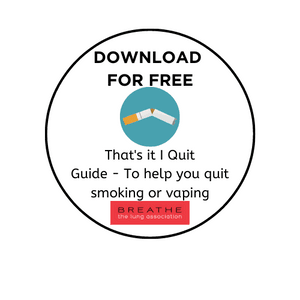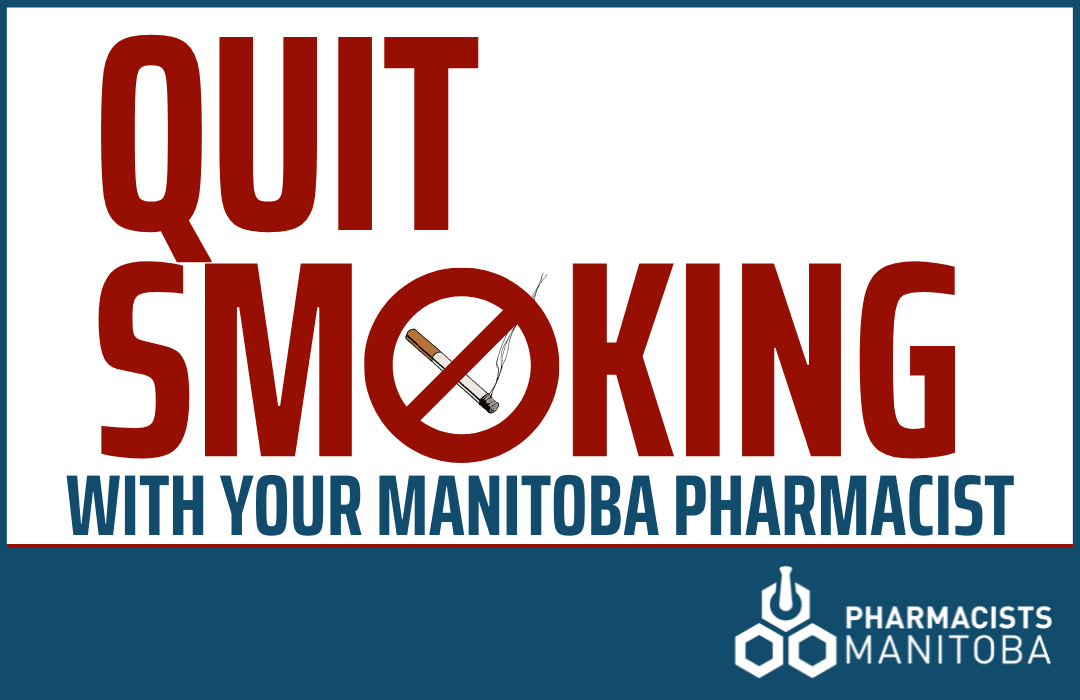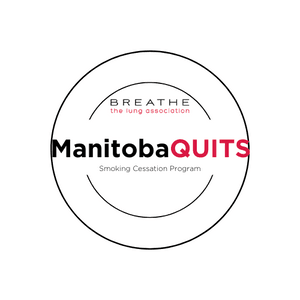Are you thinking about quitting smoking?
Quitting smoking can be hard.
However, having support can help you stick to your plan and get you through the rough parts.
DID YOU KNOW...that the average person tries to quit smoking about 30 times.
Here are a few things to think about before you start your quit journey...
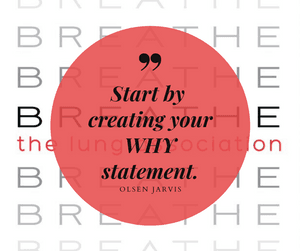
- WHY do I want to quit?
- How will I benefit from quitting?
- How do I take the next steps to be smoke-free?
Decide on a day you will stop smoking and make a plan to quit.
Know your smoking triggers.
Please make a list of your smoking triggers, and then plan how to avoid them.
For instance:
• I smoke after meals. Instead, I can chew gum, have coffee, or leave the table.
• I smoke in the car. Instead, I can ride the bus, carpool, or sing with the radio.
• I smoke when stressed. Instead, I can take deep breaths and learn relaxation techniques.
THINGS YOU CAN DO TO HELP YOURSELF SUCCEED
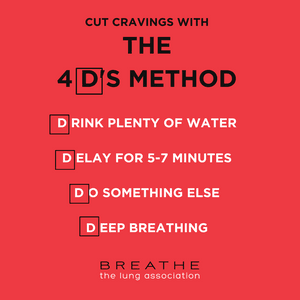
HEALTH BENEFITS OF QUITTING
As soon as you quit, your body begins to repair the damage caused by smoking. Of course, it’s best to quit smoking early in life, but even someone who quits later in life will improve their health.
20 Minutes After Quitting:
- Your heart rate drops to an average level
12 Hours After Quitting:
- The carbon monoxide level in your blood drops to normal.
2 Weeks to 3 Months After Quitting:
- Your chance of having a heart attack decreases
- Your lung function begins to improve.
1 to 9 Months After Quitting:
- Your coughing and shortness of breath decrease.
1 Year After Quitting:
- Your added chance of coronary heart disease is half that of a smoker.
5 to 15 Years After Quitting:
- Your chance of having a stroke is reduced to that of a nonsmoker.
- Your chance of getting cancer of the mouth, throat, or esophagus is half that of a smoker.
10 Years After Quitting:
- Your chance of dying from lung cancer is about half that of a smoker.
- Your chance of getting bladder cancer is half that of a smoker.
- Your chance of getting cervical cancer or cancer of the larynx, kidney, or pancreas decreases.
15 Years After Quitting:
- Your chance of coronary heart disease is the same as that of a nonsmoker.
THERE ARE MANY WAYS TO QUIT SMOKING
TAPERING:
Beginning on your quit date, gradually cut back on the number of cigarettes you smoke each day. Then, mark on your calendar the day you will no longer smoke.
COLD TURKEY:
This means you stop smoking all at once on your quit date. It’s a good idea to throw away your cigarettes and lighters and avoid other people who are smoking.
NICOTINE REPLACEMENTS:
You can buy nicotine patches and gum at any pharmacy or drug store to help manage withdrawal. They work by releasing small amounts of nicotine into your body. In addition, aIn addition, aIn addition, a nicotine nasal spray is available by prescription.
NON-NICOTINE PRESCRIPTION:
Your medical provider may prescribe medications such as Zyban to help control nicotine cravings or Champix, a nicotine blocker.

FIGHTING THE URGE TO SMOKE
FIRST, REMIND YOURSELF THAT YOU HAVE QUIT AND THAT YOU ARE NOW A NON-SMOKER.
LOOK CLOSELY AT YOUR URGE TO SMOKE AND ASK YOURSELF THESE QUESTIONS:
WHERE WAS I WHEN I GOT THE URGE?
WHAT WAS I DOING?
WHO WAS I WITH?
WHAT WAS I THINKING?


